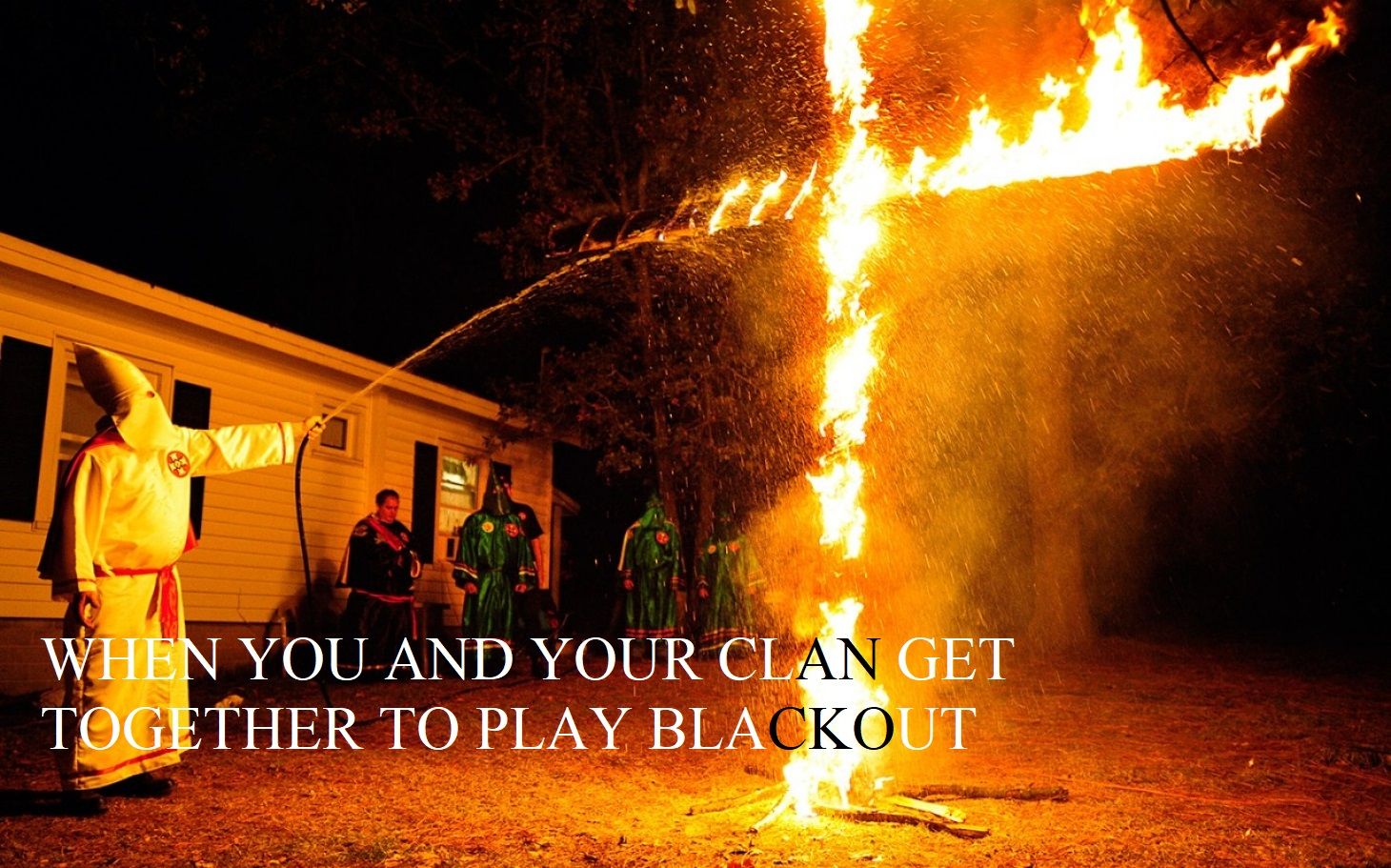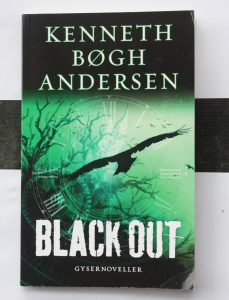
361.Ī team in need of an interim coach typically is a team in disarray. For White coaches, The Post found, performing poorly appears to have little impact on their ability to turn their interim experience into a full-time job: Ten of 32 White interims who replaced full-time coaches midseason were promoted to the permanent job, with a combined winning percentage of just. Just three of 14 Black interim coaches, not including Wilks this season, have been retained on a permanent basis - and all three led their struggling teams to records of. Serving as an interim coach can be a path to a full-time job - but it’s a rockier road for Black coaches. Steve Wilks of the Carolina Panthers this season became the latest Black coach to take over a flailing franchise. Black coaches have held 13 percent of full-time head coaching jobs since 1990 - and 31 percent of the interim stints.

440 winning percentage).Īdvertisement Black coaches get relegated to stopgap rolesīlack coaches are much more likely to be tapped as interim coaches than for full-time roles, indicating a willingness by owners to entrust their teams to Black leaders only when success is out of reach. Those seven coaches have gone a collective 161-205-1 (a. Since 1990, seven White coaches became first-time NFL head coaches without having coached in the league, a feat no Black coach can claim. White coaches, meanwhile, spent more time in college roles.

Of the many coaches 40 or younger who have been hired in recent years, only one, Flores, was Black, and none was a Black offensive coach. The leaguewide push to hire young, offensive-minded coaches with experience coaching quarterbacks also has shut out Black coaches, who for decades largely were steered away from offensive coaching opportunities. The Black men who became NFL head coaches in the past decade, on average, had spent more than nine years longer than their White counterparts in mid-level assistant jobs and three years fewer as coordinators.

The ’77 blackout presented a rare opportunity for the powerless minority to suddenly seize power, TIME concluded, quoting the head of the National Urban League as saying, “ in a crisis feels no compulsion to abide by the rules of the game because they find that the normal rules do not apply to them.Black coaches then languish for nearly twice as long as assistants and position coaches before getting head coaching jobs, The Post found, spending much longer in the league’s middle levels of coaching. Some saw the worsening circumstances - and institutional neglect - of this group of people as the key to the differences between the two New York blackouts. The blackout ultimately shone a spotlight on some of the city’s long-overlooked shortcomings, from glaring flaws in the power network to the much deeper-rooted issues of racial inequality and the suffering of the “American underclass,” as TIME dubbed it. A headline from Tokyo’s Mainichi Shimbun: PANIC GRIPS NEW YORK from West Germany’s Bild Zeitung: NEW YORK’S BLOODIEST NIGHT from London’s Daily Express: THE NAKED CITY. Newspapers abroad also focused on the looting. Sample headline from the Los Angeles Times: CITY’S PRIDE IN ITSELF GOES DIM IN THE BLACKOUT.

TIME noted how news media outside the city characterized the crisis: Now it seemed as if New York had set itself to auto-destruct. One TIME editor remarked that the tenor of the blackout had more in common with the 1964 Harlem race riots than with the 1965 blackout, which had been generally seen as an example of the city’s resilience. “They set hundreds of fires and looted thousands of stores,” the magazine noted, “illuminating in a perverse way twelve years of change in the character of the city, and perhaps of the country.” As TIME put it, the 1977 blackout left the city powerless in terms of electricity and also powerless to stop the people who seized the opportunity to riot. Yet the effects were dramatically, devastatingly different.
The black out plus#
The earlier outage affected far more people (25 million, spanning New York and seven other states, plus two Canadian provinces, compared to the 9 million people in New York and its northern suburbs who lost power in ’77, per TIME). The mayhem of 1977 came as a night-and-day contrast with New York’s previous citywide blackout, in 1965. The sweltering streets became a battleground, where, per the Post, “even the looters were being mugged.” Opportunistic thieves grabbed whatever they could get their hands on, from luxury cars to sink stoppers and clothespins, according to the New York Post.


 0 kommentar(er)
0 kommentar(er)
